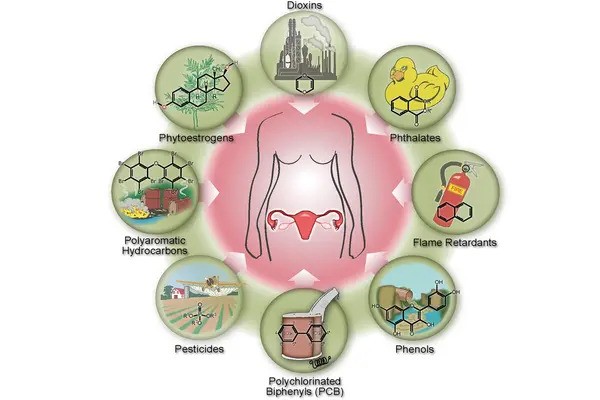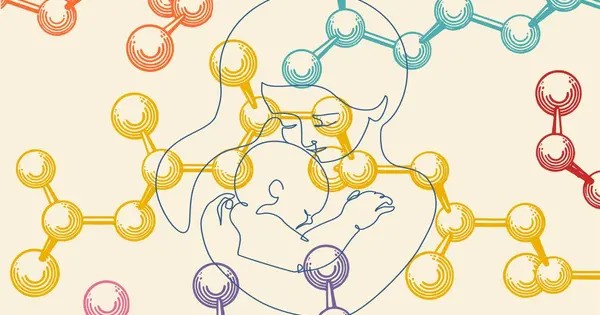A study published in the Journal of Exposure Science and Environmental Epidemiology discovered that virtually all pregnant women consume the fungus toxin zearalenone (ZEN), which mimics estrogen in the body and inhibits reproduction in some animals.
Researchers from Rutgers and the University of Rochester discovered ZEN or its metabolites in 97 percent of pregnant women’s urine samples and 84 percent of placentas. ZEN is a form of mycoestrogen, which is an estrogen-like substance produced by molds that contaminate grains, meats, and processed foods around the world. It is especially prevalent in crops including corn, wheat, and barley. While it has been extensively investigated in animals, where it can cause reproductive difficulties, nothing is known about its effects on people.
“We’re just at the beginnings of studying how these compounds affect human bodies in all stages of development,” said Zorimar Rivera-Núñez, an assistant professor at the Rutgers School of Public Health and senior author of the study.
We’re just at the beginnings of studying how these compounds affect human bodies in all stages of development. For every 1 percent higher ultra-processed food consumption, there was a higher exposure to mycoestrogen.
Zorimar Rivera-Núñez
ZEN binds to estrogen receptors due to its structural similarities to the hormone 17β-estradiol. Cattle, pigs, mice, and rats produce fewer and smaller offspring when given large amounts. Paradoxically, these substances enhance post-natal growth in livestock, to the point where American farmers routinely administer a synthetic form of ZEN to cattle.
To investigate exposure levels during pregnancy, the researchers gathered urine samples from 317 women in Rochester, New York. They also collected 271 placenta samples and interviewed research participants about their lifestyle habits, such as their usual diets.
Women with higher body mass indexes and those who had previously given birth tended to have higher ZEN levels in their urine. Diet also affected exposure. Women with healthier diets, particularly those eating more protein and vegetables, had lower exposure levels. Diets higher in ultra-processed foods were associated with increased ZEN concentrations.

“For every 1 percent higher ultra-processed food consumption, there was a higher exposure to mycoestrogen,” said lead author Carolyn Kinkade, who studied zearalenone for her PhD thesis in the Rutgers School of Graduate Studies Exposure Science program.
The discovery comes as there are growing worries about the environmental presence of hormone disrupting substances. Unlike many of the other chemicals, ZEN has long been present in our food; nevertheless, exposure may be rising due to contemporary agricultural production and climate change.
“This is climate-change-related exposure,” Rivera-Núñez stated. “Current mycotoxin data predict that the levels of these chemicals will increase as we get warmer temperatures and weather.”
Some cell experiments indicate that ZEN may be more potent than other recognized endocrine disruptors such as BPA or phthalates. However, its health implications in humans are unknown. Previous studies by the researchers revealed links between ZEN exposure and altered sex hormone levels in pregnant women and umbilical cord blood.
The researchers are still investigating potential health consequences. Future research will look into links with pregnancy weight increase, placental development, and infant growth and development.
“Moving forward, we would like to expand what we’re doing now to look at children’s health all the way to puberty,” Rivera-Núñez added. For the time being, the findings may provide another reason to adopt a healthy diet during pregnancy, according to the researchers. However, they emphasized that ZEN is so common in food that legislation aimed at controlling the level of mycoestrogens in the food chain would be required to decrease population exposure.
“People who want to reduce their exposure can do so by reducing their consumption of ultra-processed foods overall,” according to Kinkade.
















